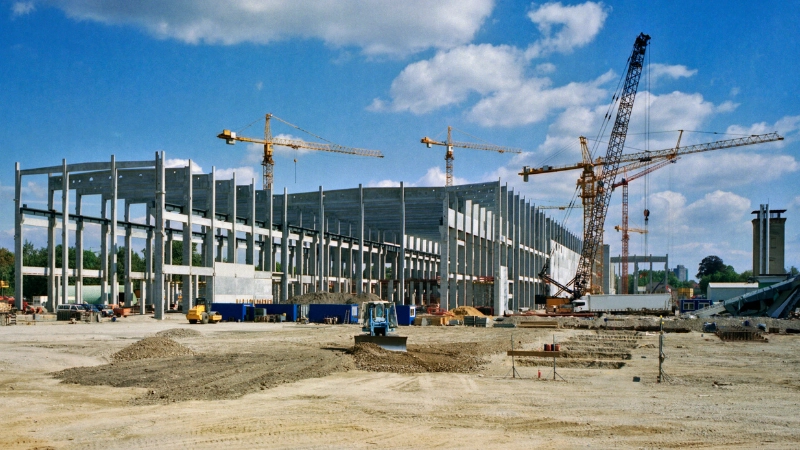
Choosing the best construction delivery method can be overwhelming for any project owner. Two of the most common approaches, design bid build and design build, offer unique processes, timelines, and benefits. Whether you’re drawn to the structured phases of design-bid-build or the streamlined collaboration of design build, understanding their differences is essential.
By the end of this post, you’ll know which method best aligns with your project’s goals, budget, and timeline.
Design build is a more integrated approach, where a single entity manages both the design and construction phases under one contract. This streamlines communication, reduces delays and improves budget control by fostering collaboration from the start.
Design build streamlines the construction process by integrating design and construction under one contract.
While efficient, design build may not suit every project.
Design bid build is the traditional construction method, where the project is divided into three distinct phases. The owner first hires a design team to complete detailed plans and then solicits competitive bids from contractors to execute the build.
Design bid build offers a structured, transparent approach by separating the design, bidding, and construction phases.
While design bid build ensures structure and cost control, it can present challenges.
The method you choose for project delivery can significantly influence the overall success of your build. Two commonly debated approaches, design bid build and design build, differ in structure and how risks, timelines, and responsibilities are managed. Let’s take a closer look at how these methods stack up against one another.
|
Aspect |
Design-Build |
Design-Bid-Build |
|
Project Timeline |
Faster due to overlapping design and construction phases. |
Longer since construction starts after the design is completed. |
|
Cost Control & Predictability |
More predictable costs; fewer change orders. |
Competitive bidding may lower initial costs, but overruns are common. |
|
Risk Allocation |
Builder assumes most risks (errors, delays, etc.). |
Owner assumes more risk; disputes between designer & builder possible. |
|
Owner Involvement & Control |
Less involvement needed; a single team manages the project. |
More control over design but requires active project management. |
|
Collaboration & Communication |
High collaboration; integrated design & construction. |
Communication gaps may occur between separate design and construction teams. |
|
Change Orders & Flexibility |
Fewer change orders since design and construction are aligned. |
More change orders are likely due to unforeseen design issues. |
|
Quality Assurance |
More streamlined quality control with one accountable team. |
Potential quality issues if design and construction misalign. |
|
Contract & Liability Structure |
Single contract. |
Multiple contracts. |
|
Budget Transparency & Bidding Process |
Less competitive bidding; chosen based on qualifications and cost. |
Competitive bidding may lower initial costs but risks cost escalations. |
Every construction project has challenges and risks, and your choice between design bid build and design build plays a significant role in managing those risks. By addressing these challenges proactively, you can navigate the complexities of your chosen delivery method while minimizing risks.
Contracts are the backbone of any construction project. They define expectations, responsibilities, and accountability. However, the way contracts are structured varies significantly between DBB and DB, introducing unique challenges for each.
Effective communication can make or break a project. Misunderstandings between the owner, designers, and contractors often lead to costly delays and mistakes.
Achieving high construction standards requires robust quality control measures. The delivery method you choose can significantly impact how quality is monitored and ensured.
At Moltus Building Group, we offer both design build and design bid build services, tailoring our approach to meet the unique demands of your project. Whether you’re focused on budget control, speed, collaboration, or quality, our expertise ensures a seamless construction process from start to finish.
We are committed to efficiency and precision and will work closely with you to determine the best method for your specific goals. Let Moltus guide you in choosing the right approach and deliver a construction experience that exceeds expectations. Contact us today to discuss your project details and see if we can help get your build in motion.
Our Design-Bid-Build approach separates design, bidding, and construction into distinct phases, ensuring detailed oversight and transparent cost management. Contact us today to discover how we can streamline your construction project and make your vision a reality.